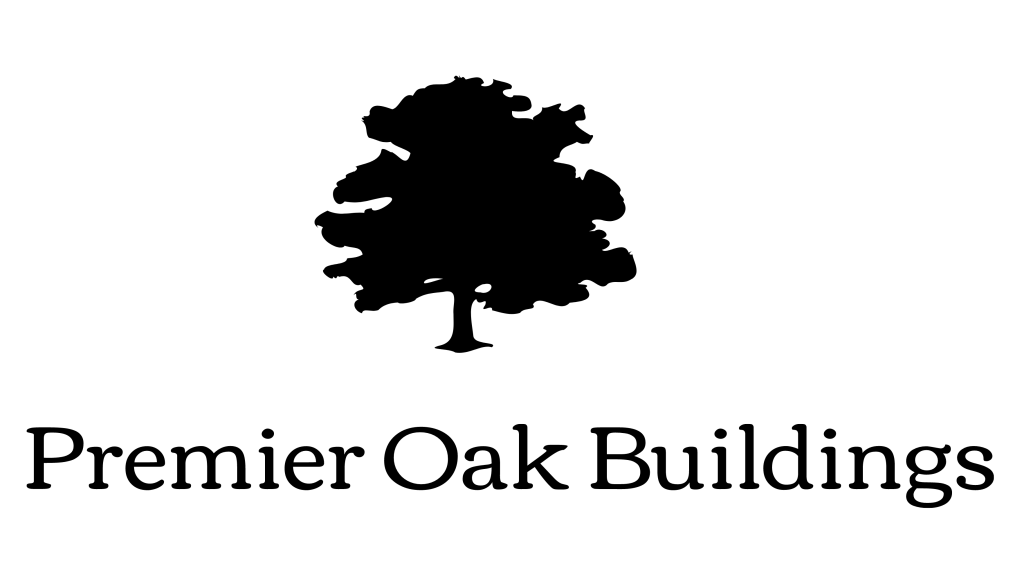The Secret to Lustrous Oak Timber Frames
Here we talk about the role of oxalic acid in post construction care. Oak timber framing is not just a method of construction; it’s an art form that combines structural integrity with aesthetic beauty. One of the final steps in the creation of an oak timber frame, which often goes unnoticed yet is crucial for its longevity and beauty, is the cleaning process. A key component in this process is oxalic acid, a natural compound that plays a pivotal role in transforming the oak’s appearance and ensuring its durability. This blog post explores the how, why, and effects of using oxalic acid on oak timber frames post-construction.
Why Oxalic Acid?
Oxalic acid, a natural organic compound found in many plants, is known for its effective cleaning properties, especially on wood surfaces. When it comes to oak timber frames, oxalic acid is not just a cleaner; it’s a restorer. Here’s why it’s chosen over other cleaning agents:
- Gentleness on Wood: Unlike harsh chemical cleaners, oxalic acid is gentle on oak, preserving its natural texture and integrity.
- Effectiveness Against Stains: It excels at removing stains, including those caused by water, rust, and tannins, which are common in oak timber due to its high tannin content.
- Brightening Properties: Oxalic acid naturally brightens wood, enhancing the oak’s grain and color without the use of artificial dyes or stains.
How We Use Oxalic Acid
The application of oxalic acid is a careful process that requires attention to detail and respect for the wood’s natural properties. Here’s a general overview of how it’s done:
- Preparation: Before applying oxalic acid, the timber frame is thoroughly cleaned of any dirt, dust, and debris. This ensures that the acid can work directly on the wood’s surface without any barriers.
- Application: A solution of oxalic acid is prepared, usually by dissolving the acid crystals in warm water. This solution is then applied evenly to the oak timber using a brush or sprayer, ensuring that all surfaces are covered.
- Reaction Time: The solution is left to react with the wood for a specified period, often a few hours, to ensure it penetrates deeply and works effectively.
- Rinsing: After the reaction time, the frame is thoroughly rinsed with clean water to remove any residual acid, preventing it from continuing to react with the wood.
- Drying: The frame is left to dry completely, a crucial step to prevent any moisture from being trapped in the wood, which could lead to issues down the line.
The Effects on an Oak Frame
The application of oxalic acid has several beneficial effects on an oak timber frame, contributing both to its appearance and longevity:
- Enhanced Beauty: Post-treatment, the oak timber boasts a refreshed, brighter appearance that highlights its natural grain and color. This not only makes the frame more visually appealing but also enhances the overall aesthetic of the structure it supports.
- Increased Durability: By removing stains and potential growths, oxalic acid treatment helps to protect the wood from future decay and damage. This ensures that the timber frame remains strong and durable for years to come.
- Prepared for Finishing: The cleaning process prepares the oak surface for any finishing treatments, such as sealing or staining, making it more receptive to these applications and ensuring a uniform finish.
Conclusion
The use of oxalic acid in the post-construction care of oak timber frames is a testament to the meticulous attention to detail that defines the craft of timber framing. This natural, effective treatment not only ensures that the frames look their best but also contributes to their longevity and durability. By embracing such traditional care techniques, we honor the natural beauty of oak and the skilled craftsmanship that shapes it, ensuring that our timber frames stand as enduring monuments to this timeless art.

